“Glacier Man” Does Nature’s Work to Mitigate Climate Change
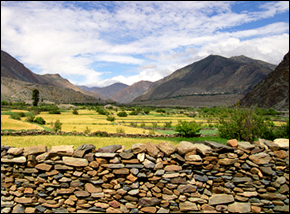 An Indian engineer is making artificial glaciers to cope with climate problems.
An Indian engineer is making artificial glaciers to cope with climate problems.
Water managers interested in innovative, inexpensive solutions to water supply problems may want to consider a research trek in the Himalayan foothills of northern India.
Chewang Norphel, a civil engineer known locally as the Glacier Man, has been building artificial glaciers to supply irrigation water for the villages of the Ladakh region for the last 15 years, InfoChange India reports.
Norphel constructs the glaciers by redirecting autumn and winter melt to shady valleys above the fields. Stone embankments create small pools, which freeze and slowly accumulate mass. Thin metal pipes with punched holes also act as ice-makers – water enters the pipes, freezes and is then pushed out of the holes.
“The villagers can understand this,” Norphel told InfoChange India. “This is optimum utilization of water by using the simplest technique, at a low cost. It also helps recharge groundwater and nearby springs.”
The largest glacier Norphel built is 1,000 feet long, 150 feet wide and four feet deep, according to InfoChange India. It supplies irrigation water to a village of 700 people at one-tenth the cost of constructing a water reservoir.
“To have enough water it is necessary to have at least one artificial glacier supplying water to one village. That is what I am trying to aim at,” the engineer told Reuters.
The Ladakh region sits in the Himalayan rain shadow, receiving two inches of rainfall per year. Glacial melt is the only source of water, but the timing of the melt is at odds with the irrigation calendar. Crops need water in the spring after planting, but the glaciers are at such an elevation that they do not melt until July. Norphel’s glaciers are grown at a much lower elevation so that they melt exactly when the water is needed.
Norphel’s technique could be one way other rural areas deal with supply problems caused by rapidly melting glaciers.
Source: InfoChange India, Reuters
Read a profile of Norphel from Time Magazine.
Brett writes about agriculture, energy, infrastructure, and the politics and economics of water in the United States. He also writes the Federal Water Tap, Circle of Blue’s weekly digest of U.S. government water news. He is the winner of two Society of Environmental Journalists reporting awards, one of the top honors in American environmental journalism: first place for explanatory reporting for a series on septic system pollution in the United States(2016) and third place for beat reporting in a small market (2014). He received the Sierra Club’s Distinguished Service Award in 2018. Brett lives in Seattle, where he hikes the mountains and bakes pies. Contact Brett Walton



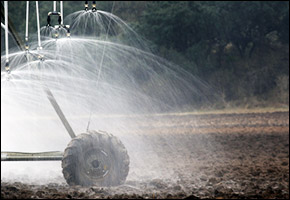
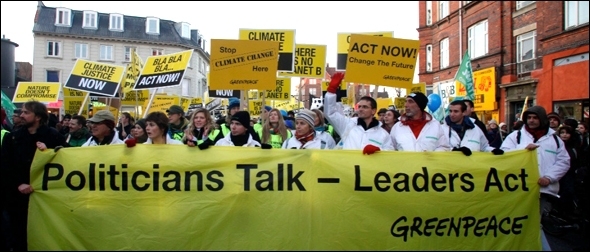

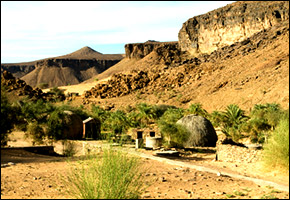


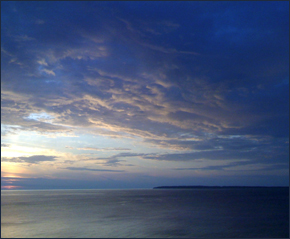
Leave a Reply
Want to join the discussion?Feel free to contribute!